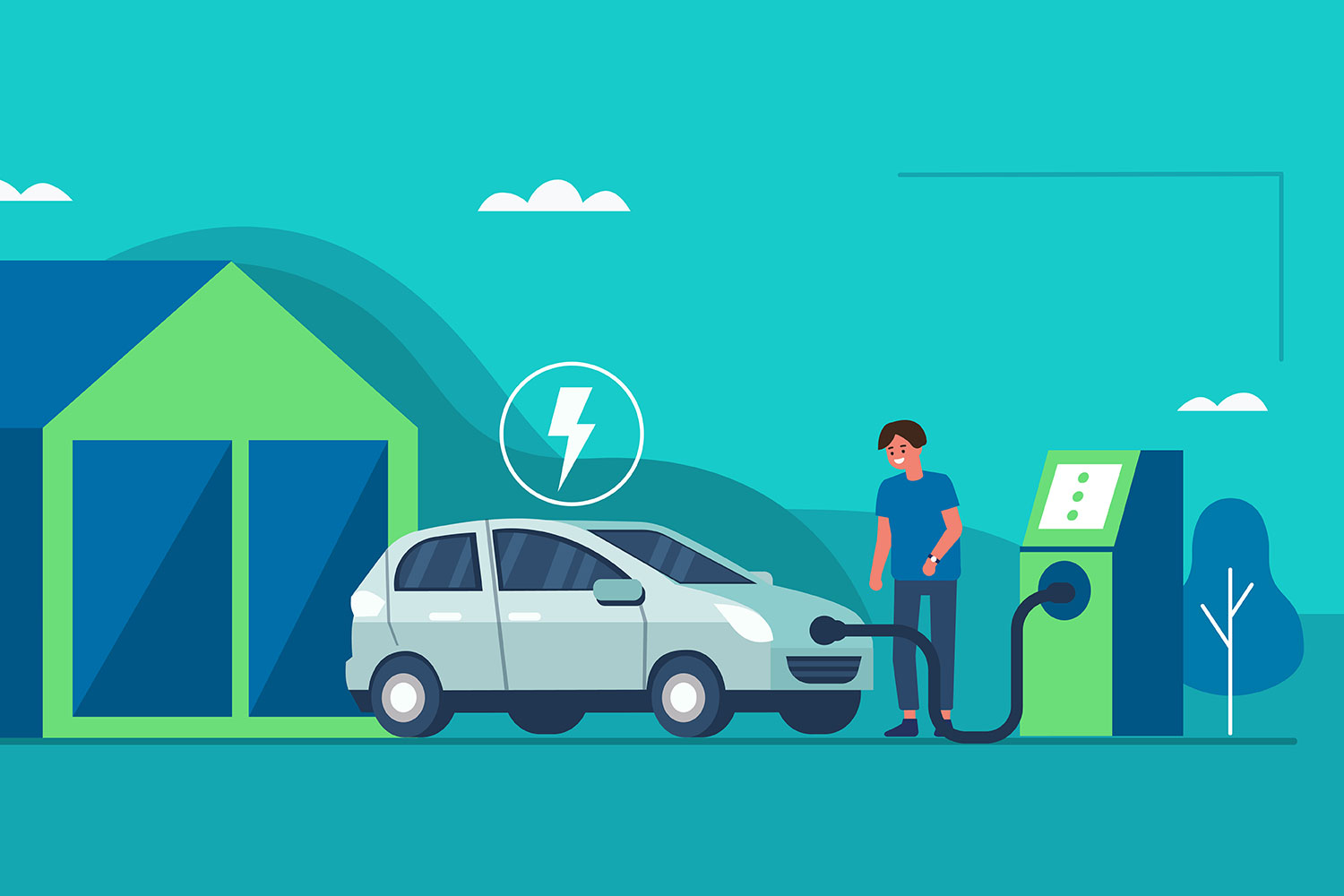Manufacturers of electric vehicles anticipate shipping roughly 15 million of these vehicles worldwide in 2023 as laws intended to reduce pollution become more stringent.
Gartner’s most recent sector update, the estimated number of 14.98 million would represent an increase of almost 35% from 2022.
According to the US research organization, that would account for around 97% of all shipments of electric vehicles this year; the remaining shipments consist of 21,8337 vans, 202,733 buses, and 30,162 heavy trucks.
According to the survey, by the end of 2024, shipments of electric cars are predicted to increase by an additional 19.2% annually to 17.86 million units, securing the sector’s leadership over the rest of the industry.
RELATED: Electric Cars May Be Able To Save The US Power Grid

However, it is anticipated that shipments of electric vans will expand at the fastest rate in the coming year—by more than 60%—while deliveries of electric heavy trucks will increase by over a third. Growth for electric buses is predicted to be modest—2.5 percent.
According to a report by Jonathan Davenport, a senior director analyst at Gartner, “automakers will pivot more than half of the vehicle models marketed to EVs by 2030 due to ever-tightening emission regulations.”

As a result of the government’s and society’s shift toward energy conservation, the worldwide EV industry is still expanding, and automakers’ consumer and commercial divisions are capitalizing on the technology’s promise.
RELATED: BMW Has Recently Introduced Its Latest Line Of Electric Vehicles (EVs) As Part Of Its Strategic Endeavor To Compete With Both Tesla And Prominent Automobile Manufacturers In China
To encourage individuals to purchase electric vehicles (EVs), several governments have provided subsidies and tax credits; but, in order to qualify for these advantages, prospective buyers must meet specific requirements.
According to the most recent data from Fortune Business Insights, the global EV market is expected to increase more than threefold, from an estimated $500 billion in 2023 to over $1.6 trillion by 2030, at a compound annual rate of nearly 18% over the course of the decade.
According to a Gartner report, battery electric cars (BEVs) are expected to continue leading the segment, rising by 22% to 11 million units by the end of 2023, while plug-in hybrid electric vehicles (PHEVs) are predicted to rise by a third to four million units.
State initiatives to encourage the usage of EVs are expected to propel the percentage of EV models manufactured by automakers to over 50% by 2030, according to Gartner.

The reasons why automakers have switched increasingly toward electric vehicles (EVs) include government measures to reduce vehicle emissions, the introduction of legislation that only permits the sale of zero-emission vehicles, and the desire to enforce plug-in hybrid electric vehicles (PHEVs) as a minimum.
Due to consumer preference for PHEVs over BEVs, PHEVs as a percentage of all EVs are predicted to expand modestly in the US, Canada, and Japan, according to Gartner.
According to Mr. Davenport, “US consumers who are switching from pure internal combustion engine [ICE] cars are choosing to adopt PHEVs over their BEV counterparts because PHEVs combine the convenience of gasoline-powered propulsion for longer journeys with the ability to deliver emission-free urban driving.”
RELATED: The Future Of Electric Vehicles Is This 44-Year-Old Pickup Truck
“In western Europe, China, and to a lesser extent India, the situation is different. Consumers there prefer BEVs because of their green credentials, quieter driving, and lower overall running costs.”

According to Gartner, by 2027, the average cost of a BEV should be comparable to that of an ICE car with comparable dimensions and equipment, which will hasten the adoption of EVs throughout the world.
Regardless of cost, the paper stated that by 2030, network capacity and power generation could potentially operate as barriers to the widespread adoption of electric vehicles.
According to Mr. Davenport, “the switch to EVs may put an additional strain on both the power generation capacity and the distribution infrastructure unless countries take actions to incentivize EV drivers to charge outside peak electricity consumption periods.”
Download The Radiant App To Start Watching!
Web: Watch Now
LGTV™: Download
ROKU™: Download
XBox™: Download
Samsung TV™: Download
Amazon Fire TV™: Download
Android TV™: Download

